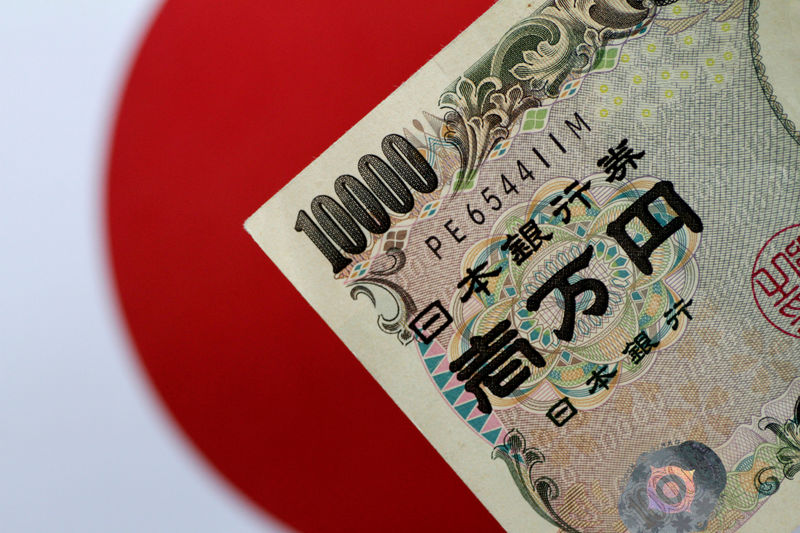Investing.com — The Japanese yen weakened further on Thursday, with the USDJPY pair rising to a 38-year high as it surged past levels that traders thought would attract intervention from the Japanese government.
The yen pair, which measures the amount of yen needed to buy one dollar, rose to 160.81 yen in morning trading, hitting its highest level since 1986.
The pair was trading around 160.56 yen at 20:33 ET (00:33 GMT).
The yen’s weakness came even after Japanese officials warned this week that they would intervene in the event of “excessive” volatility in the currency market.
Traders had assumed that authorities would intervene after the USDJPY crossed 160, as they had done so in May by selling billions of dollars and buying the yen en masse to support the currency.
But the USDJPY pair’s movement so far suggested that no supportive measures had been taken.
The yen’s latest weakness follows dovish signals from the Bank of Japan at a meeting earlier in June. A lack of clarity about when and how the central bank plans to tighten policy left traders short on the Japanese currency.
The weakness of Japan’s economy has also cast doubt on the BOJ’s ability to tighten policy and raise rates further after a historic rate hike in March.
However, recent economic developments have shown some revival in the economy. Retail sales for May are stronger than expected, thanks to a rise in wages.
The BOJ expects higher wages to boost consumption in the coming months, potentially giving the central bank some leeway to tighten policy further.
But the biggest point of pressure on the yen is the prospect of high US interest rates. A widening gap between US and Japanese interest rates, which were negative until March, left traders largely favoring the dollar and shorting the yen.


